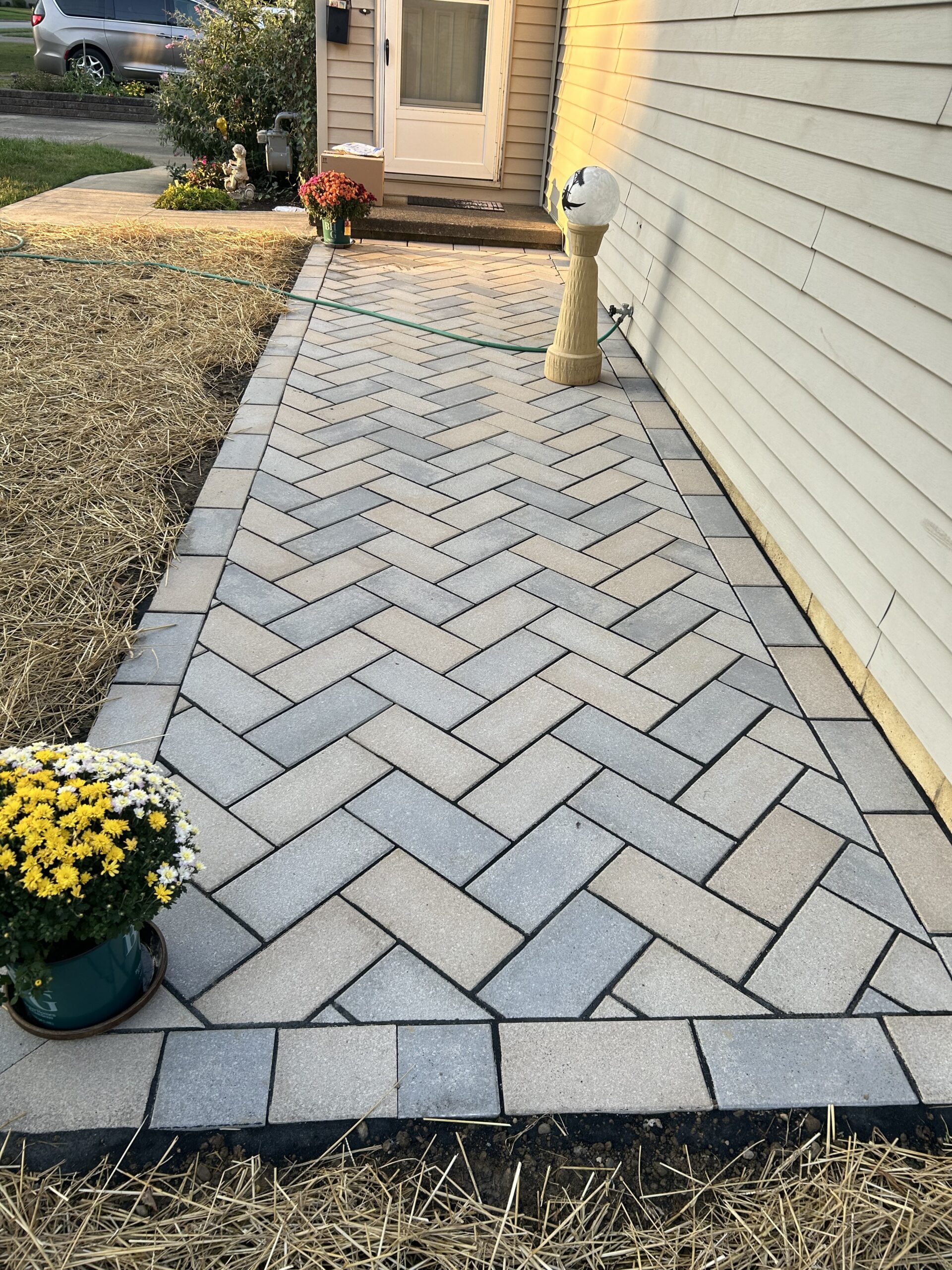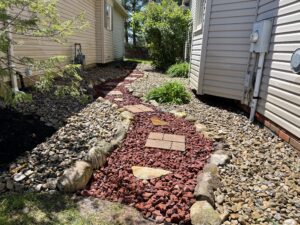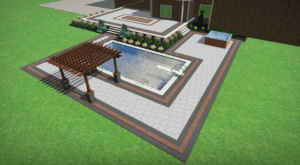Pavers vs. Concrete: Why Pavers Are the Better Choice for Your Outdoor Space
When designing a beautiful outdoor space, one of the biggest decisions is choosing the right surface material. Two of the most common options are pavers and concrete. While both have their merits, pavers stand out as the superior choice for homeowners seeking durability, aesthetics, and long-term value. In this article, we’ll compare pavers vs. concrete and explain why pavers are the best investment for your outdoor project.
Durability and Strength
Concrete slabs may seem strong at first, but they are prone to cracking over time due to weather fluctuations, ground movement, and heavy loads. Once a concrete slab cracks, repairs can be costly and often result in unsightly patchwork.
Pavers, on the other hand, are individually placed units that flex with ground movement, reducing the likelihood of cracks. If a paver does become damaged, it can be easily replaced without affecting the rest of the surface. This makes pavers a more durable and cost-effective choice in the long run.
Aesthetic Appeal
Pavers offer a wide variety of colors, shapes, and patterns, allowing homeowners to create a unique and customized look for their driveways, patios, and walkways. Whether you prefer a classic cobblestone appearance or a sleek modern design, pavers provide endless design possibilities.
Concrete, by contrast, has limited aesthetic options. While stamped and stained concrete can mimic natural stone or brick, these finishes tend to fade over time and require frequent resealing to maintain their appearance.
Maintenance and Repairs
Concrete driveways and patios require regular sealing to prevent stains and surface deterioration. When cracks appear, they can be difficult and expensive to repair, often requiring complete replacement of large sections.
Pavers require minimal maintenance. Regular sweeping and occasional rinsing keep them looking pristine. If an issue arises, such as a stained or broken paver, it can be replaced individually without disrupting the entire surface. This makes pavers the more practical and low-maintenance option.
Slip Resistance and Safety
Pavers have a naturally textured surface, providing better traction and reducing the risk of slips and falls, especially when wet. Concrete, on the other hand, can become extremely slippery when wet, increasing the likelihood of accidents.
Long-Term Value and ROI
Pavers may have a higher upfront cost compared to poured concrete, but their durability, beauty, and ease of maintenance make them a better long-term investment. Homebuyers recognize the value of pavers, which can enhance curb appeal and increase property value. A cracked and worn-out concrete driveway or patio can detract from the overall look and resale potential of a home.
Conclusion
While both pavers and concrete have their uses, pavers clearly offer more benefits in terms of durability, aesthetics, maintenance, safety, and long-term value. If you’re looking to elevate your outdoor space with a high-end, long-lasting solution, pavers are the superior choice. Investing in pavers ensures that your landscape remains beautiful and functional for years to come.





